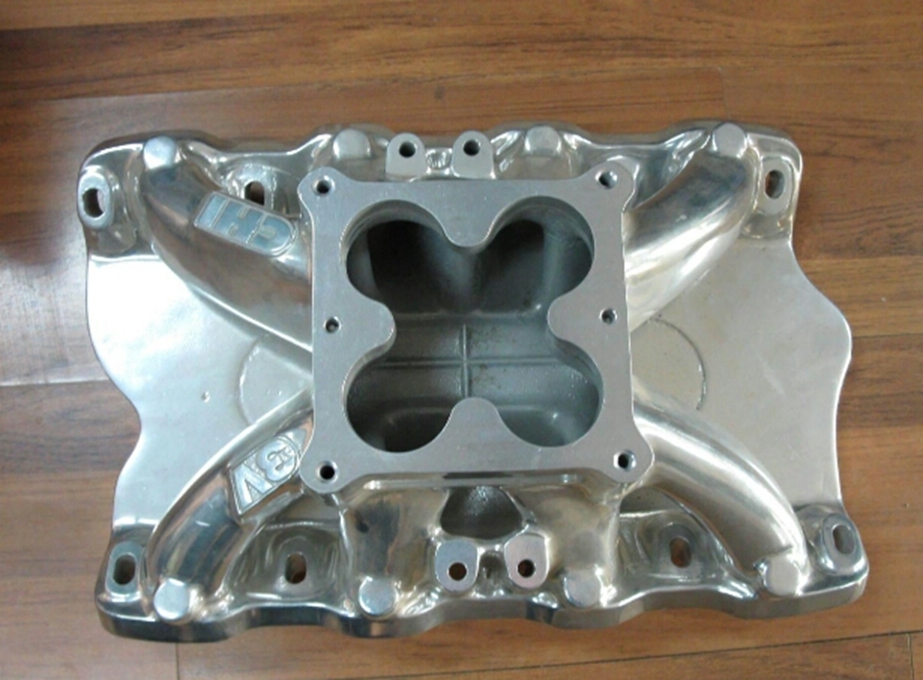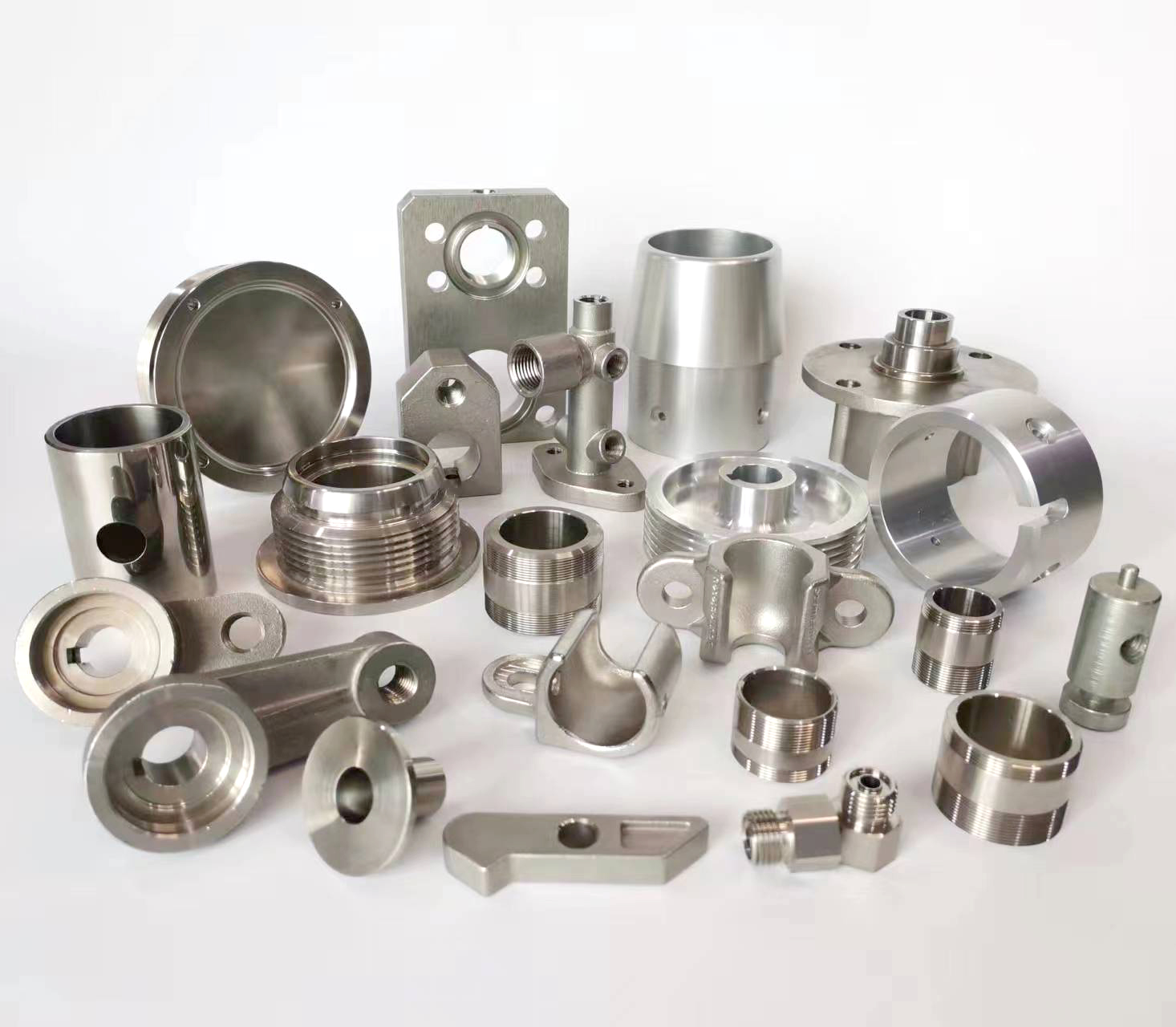
Nickel Alloy: A metallic material composed primarily of nickel (Ni), intentionally combined with one or more other alloying elements (such as chromium, iron, molybdenum, copper, cobalt, titanium, aluminum, etc.). The purpose of alloying is to achieve specific properties that pure nickel alone does not possess sufficiently.
(Key Characteristics):
Exceptional High-Temperature Strength and Stability: Many nickel alloys retain significant strength and resist oxidation and creep (slow deformation under stress) at very high temperatures, far exceeding the capabilities of steels or aluminum alloys. This makes them ideal for jet engines, gas turbines, and industrial furnaces.
Outstanding Corrosion Resistance: Nickel alloys exhibit excellent resistance to a wide range of corrosive environments, including acids, alkalis, seawater, and harsh chemicals. They outperform stainless steels in many severe applications like chemical processing, marine engineering, and pollution control equipment.
Excellent Mechanical Properties: They offer a good combination of strength, toughness, and ductility, even at cryogenic (very low) temperatures.
Special Functional Properties:
Controlled Thermal Expansion: Some alloys (e.g., Invar) have very low coefficients of thermal expansion.
Shape Memory Effect: Certain alloys (e.g., Nitinol – Nickel Titanium) can “remember” and return to a predetermined shape when heated.
Magnetic Properties: Nickel is a key component in many soft magnetic alloys (e.g., Permalloy) used in transformers and inductors, and hard magnetic alloys like Alnico.
Electrical Resistance: Used in heating elements and resistors.
Biocompatibility: Certain nickel alloys (especially cobalt-chromium-nickel types) are used in medical implants due to good biocompatibility and corrosion resistance within the body.
(Common Classification Methods):
By Primary Alloying Elements:
Nickel-Chromium (Ni-Cr) Alloys: Base for most high-temperature and corrosion-resistant alloys (e.g., Inconel 600, Hastelloy C-276).
Nickel-Chromium-Iron (Ni-Cr-Fe) Alloys: Versatile group offering good high-temperature strength and oxidation/corrosion resistance (e.g., Incoloy 800, Inconel 625).
Nickel-Iron (Ni-Fe) Alloys: Include high-permeability magnetic alloys (Permalloy) and low-expansion alloys (Invar).
Nickel-Copper (Ni-Cu) Alloys: Excellent resistance to seawater and sulfuric acid (e.g., Monel 400).
Nickel-Molybdenum (Ni-Mo) Alloys: Exceptional resistance to reducing acids like hydrochloric acid (e.g., Hastelloy B-2).
Nickel-Chromium-Molybdenum (Ni-Cr-Mo) Alloys: Combine high corrosion resistance with good high-temperature strength (e.g., Hastelloy C-22, Inconel 617).
Nickel-Titanium (Ni-Ti) Alloys: Shape memory and superelastic alloys (Nitinol).
By Primary Function/Application:
Heat-Resisting / Superalloys: Designed for extreme high-temperature service under stress and corrosive atmospheres (e.g., Inconel 718, Waspaloy, Rene alloys). Often used in turbine blades, discs, combustion chambers.
Corrosion-Resistant Alloys: Optimized for maximum resistance to chemical attack in demanding environments (e.g., Hastelloy family, Alloy 20, Monel).
Electrical Resistance Alloys: Used in heating elements and precision resistors (e.g., Nichrome – Ni-Cr, Cupronickel – Ni-Cu).
Low Expansion Alloys: Exhibit minimal dimensional change with temperature (e.g., Invar, Kovar).
Magnetic Alloys: Soft magnetic (e.g., Permalloy, Mu-metal) or hard magnetic (e.g., Alnico).
Shape Memory Alloys: Nitinol is the prime example.
Hardfacing Alloys: Used for wear-resistant overlays (e.g., Stellite alloys often contain significant Ni).
Aerospace & Jet Engines: Turbine blades, discs, casings, combustors, exhaust systems (Superalloys like Inconel, Waspaloy, Rene).
Power Generation: Gas turbines, nuclear reactors (heat exchangers, fuel elements), fossil fuel power plants (boiler tubes).
Chemical & Petrochemical Processing: Reactors, vessels, pipes, valves, pumps handling corrosive chemicals and acids (Hastelloy, Monel, Incoloy, Alloy 20).
Oil & Gas: Downhole equipment, valves, pipes for sour gas service (high H2S), offshore platforms (seawater resistance).
Marine Engineering: Propeller shafts, pump shafts, seawater valves, fasteners (Monel, Cupronickel).
Medical Devices: Orthopedic implants (hip/knee replacements), stents, surgical instruments, dental braces (Cobalt-Chromium alloys, Nitinol).
Automotive: Turbocharger components, exhaust valves, sensors.
Electronics: Heating elements (Nichrome), lead frames, connectors, magnetic shielding (Mu-metal).
Food Processing: Equipment handling corrosive foods or requiring high cleanliness.
Currency: Some coinage uses Cupronickel (e.g., US “nickels” are 75% Cu, 25% Ni).
(Examples of Well-Known Trade Names/Grades):
Inconel®: (e.g., 600, 625, 718, X-750) – High strength, oxidation resistance at high temps.
Monel®: (e.g., 400, K-500) – Excellent seawater & sulfuric acid resistance.
Hastelloy®: (e.g., C-276, C-22, B-2, X) – Exceptional corrosion resistance in harsh chemicals.
Incoloy®: (e.g., 800, 825, 925) – Good high-temp strength & corrosion resistance, often with higher Fe content.
Waspaloy®: High-strength superalloy for turbine components.
Rene® alloys: (e.g., 41, 77, 80, N5) – Advanced superalloys for highest temperature turbine blades.
Nitinol®: Nickel-Titanium shape memory/superelastic alloy.
Nichrome®: (e.g., 80/20) – Heating element alloy (Ni-Cr).
Invar®: (Fe-36%Ni) – Very low coefficient of thermal expansion.
Kovar®: (Fe-Ni-Co) – Low expansion alloy matched to glass/ceramic sealing.
Alloy 20 / Carpenter 20®: (Ni-Cr-Fe-Cu-Mo) – Excellent sulfuric acid resistance.
Haynes® alloys: (e.g., 230, 282) – High-performance alloys similar to Inconel/Hastelloy families.
In essence, nickel alloys are sophisticated engineered materials where nickel serves as the foundational element. By strategically combining it with other metals (alloying elements), manufacturers create materials with exceptional properties – most notably superior strength at high temperatures and outstanding resistance to corrosion in aggressive environments. This unique combination makes them indispensable in the most demanding applications across aerospace, energy, chemical processing, medicine, and marine technology.





